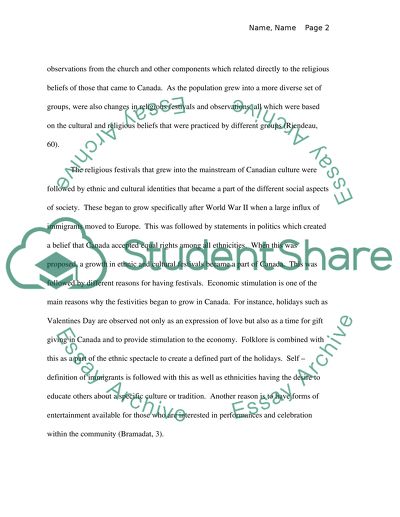Cite this document
(“Festivals in Canadian Cities Essay Example | Topics and Well Written Essays - 3750 words”, n.d.)
Retrieved from https://studentshare.org/environmental-studies/1406269-festivals-in-canadian-cities
Retrieved from https://studentshare.org/environmental-studies/1406269-festivals-in-canadian-cities
(Festivals in Canadian Cities Essay Example | Topics and Well Written Essays - 3750 Words)
https://studentshare.org/environmental-studies/1406269-festivals-in-canadian-cities.
https://studentshare.org/environmental-studies/1406269-festivals-in-canadian-cities.
“Festivals in Canadian Cities Essay Example | Topics and Well Written Essays - 3750 Words”, n.d. https://studentshare.org/environmental-studies/1406269-festivals-in-canadian-cities.


